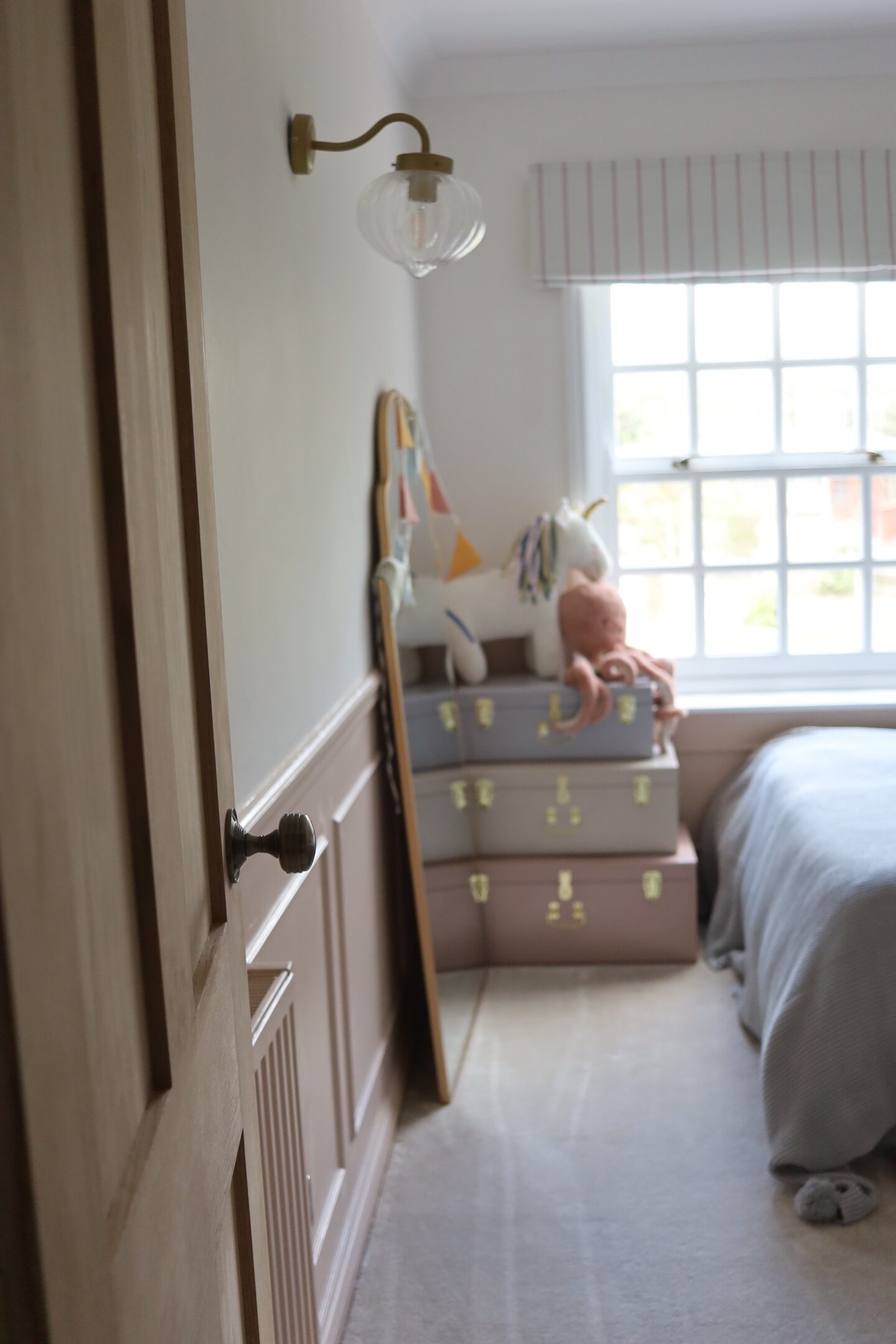Creating a gender-neutral bedroom for kids can be both an exciting and practical endeavor. Incorporating versatile design elements allows for creative growth and adaptability as children’s tastes evolve. By focusing on universal themes and functional furniture, such as well-chosen beds designed for kids, parents can craft a space that feels cohesive and inclusive.
To strike the right balance, start with neutral colors and add personalized touches that resonate with the child’s interests. For instance, integrating storage solutions like toy bins and reading nooks keeps the room tidy while promoting individual activities. Parents can easily find beds designed for kids that blend seamlessly into any decor style, providing both comfort and aesthetic appeal.

A gender-neutral approach also opens opportunities for shared spaces where siblings can bond and coexist. Using flexible design principles ensures the room grows with the children, allowing changes in decor to be simple and cost-effective. Whether you’re updating a single bedroom or planning a shared space, thoughtfully chosen elements can create a beautiful and fun environment for any child.
Key Takeaways
- Emphasize versatile and adaptable design elements.
- Choose neutral colors and add personal touches.
- Utilize practical furniture for a cohesive look.
Design Principles for Gender-Neutral Kids’ Bedrooms
Creating a gender-neutral kids’ bedroom involves selecting versatile colors, incorporating creative patterns and artwork, and choosing functional furniture and bedding. These elements together ensure that the space is both practical and appealing for any child.
Selecting a Versatile Color Palette
When decorating a gender-neutral kids’ room, selecting a versatile color palette is crucial. Neutral shades such as beige and white provide a timeless backdrop that can easily be updated. Colors like green and blue can also be used to add vibrancy without leaning towards traditionally gendered tones.
Using accents in mint green or pastel blue brings in a playful yet sophisticated feel. These colors can be incorporated through wall paint, furniture, and accessories, ensuring the room remains adaptable as the child grows. Highlighting the walls with patterns or decals can also add a pop of character while maintaining neutrality.

Incorporating Patterns and Artwork
Incorporating patterns and artwork is essential to bring personality to a gender-neutral kids’ bedroom. Wallpaper or wall decals featuring geometric shapes, animals, or abstract designs can foster a stimulating environment. A chalkboard wall offers an interactive element where kids can draw and erase their creative masterpieces.
Adding wall art, such as framed prints or canvases, in neutral or vibrant colors further enhances the decor. Options like a wall mural with an adventure theme can add a unique touch without being gender-specific. Patterns on rugs, curtains, and cushions can also tie the room together, providing visual interest and texture.
Furniture and Bedding Ideas
Choosing the right furniture and bedding is key to creating a versatile and functional space. Bunk beds are a great option for saving space and accommodating multiple children. For smaller rooms, a loft bed with a desk underneath can maximize floor area, creating a play or study zone.
Storage solutions like bespoke plywood playroom storage or trunks at the bottom of beds help keep the room organized. Bedding in neutral colors or simple patterns can be layered with throws and pillows in various textures to add warmth and comfort. Including a swing or a cozy reading nook can make the room more inviting and kid-friendly.
Functional Elements of Kids’ Room Design
Designing a kids’ bedroom involves incorporating functional elements that cater to their safety, growth, and enjoyment. This encompasses smart storage solutions, creating multi-activity spaces, and adding enhancements that make the room adaptable and fun.
Smart Storage Solutions
Effective storage is essential in any kids’ room to maintain order and accessibility. Utilize shelves, baskets, and drawers for organizing toys, books, and clothes. Cabinets and toy chests provide safe places for larger items.
Incorporate hanging organizers and cubbies to maximize vertical space, keeping frequently used items within easy reach. Consider multi-purpose furniture, such as beds with built-in drawers or benches with hidden storage, to utilize every inch of the room efficiently.
Creating a Multi-Activity Space
A multifunctional room can cater to various activities, making it suitable for different needs throughout the day. Designate zones for different activities: a work table or craft station for creativity, a snack area for breaks, and an area for physical activities like a climbing wall or swing.
Include a reading nook to encourage quiet time and foster a love for books. Modular furniture that can be moved and rearranged allows the room to adapt as the child grows, ensuring longevity and functionality.
Enhancements for Growth and Fun
Enhancements that promote both growth and fun are vital in a kids’ room. Install elements like a slide or climbing areafor physical development and entertainment.
Colorful green walls add vibrancy and a lively atmosphere, while safe, cushioned mats ensure a secure play environment. Incorporate features like a swing or toy storage bins for added excitement and practicality, ensuring the room remains dynamic and enjoyable as the child develops.
Conclusion
Designing gender-neutral bedrooms for kids prioritizes versatility and inclusivity. Selecting a mix of colors and themes can create a space that appeals to all children. Embracing flexible design elements allows for future adaptability as the child’s preferences evolve. Ultimately, the aim is to foster an environment that supports self-expression and comfort.
Love,

*This is a collaborative post
